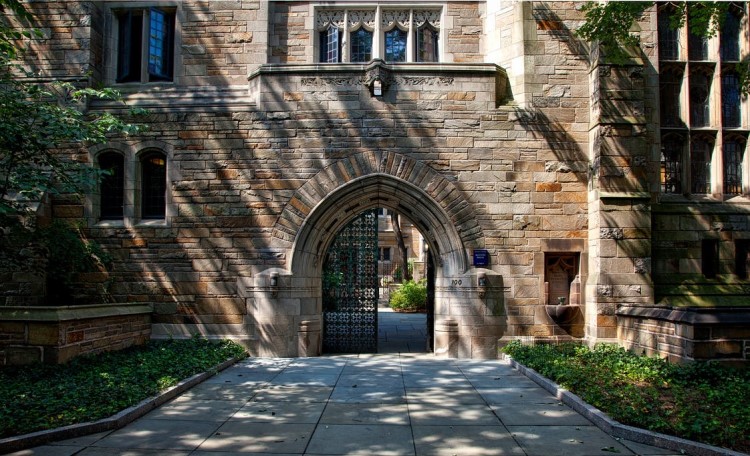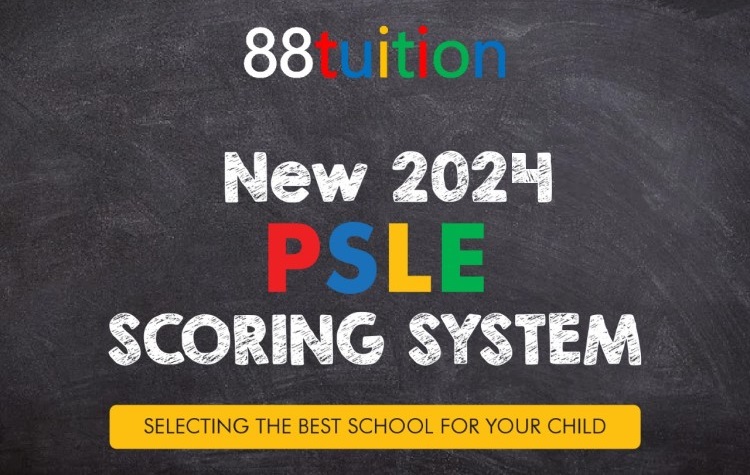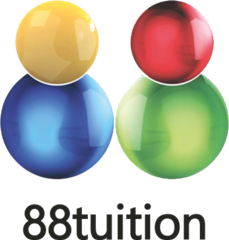AL1, AL2, what do all these scores mean? Yes, if you’re not familiar with it already, these are the aggregate scores that Primary 6 students will be awarded on their Primary School Leaving Examination result slips. What does it mean, and how can I choose the best school for my children based on it? These are the doubts going through the minds of every Primary 6 parent right now. Well, let us look at the information available to us and do a detailed breakdown analysis.
Why has the ministry changed the PSLE Al scoring system?
The scoring system has been implemented to follow the MOE’s plans to shift away from an overemphasis on academic results. Students will now have a wide range of choices that might be more suitable for them. The new system puts less stress on students to perform academically well and work for the top percentage. It gives them more time to focus on co-curricular activities and developing their soft skills.
What is the new PSLE AL Scoring system?
The new scoring system for the 139 secondary schools was released on April 27. It will take effect when the current primary 6 cohorts apply for admissions next academic year. Instead of the current T-grade system from A* to E, students will now have Achievement Levels(ALs) ranging from 1-8 for each subject, with ‘AL1’ being the highest.

AL Reference Mark Range
AL1 ≥ 90
AL2 85-89
AL3 80-84
AL4 75-79
AL5 65-74
AL6 45-64
AL7 20-44
AL8 < 20
The new grading system will reflect each and every student’s performance in individual subjects and not how they performed relative to their peers. It helps understand how knowledgeable each student is in a particular subject. The indicative PSLE score ranges of the schools reflect the score of the first and last student who would be posted into each school under the AL scoring system, based on the 2020 cohort’s PSLE results and the schools they opted to.
The total PSLE Al score will be the sum of the AL scores for the four subjects. A total PSLE score of 4 will be the best and can range up to 32. There are 29 possible scores in the new system replacing the 200 finely differentiated ones in the T-score system. It will mean that many students will have similar PSLE scores, and many schools will have the same Cutoff Points.
How the new scores affect admissions?
The students will be admitted to secondary schools based on their PSLE scores. Since there are no changes to the curriculum or how students are assessed, the MOE says that the proportion of students admitted to courses will remain similar.
Students can make 6 choices for their secondary schools. Since many students can have similar scores, there is the chance of those students applying for the same schools, and a tie occurs.
How is the tie broken?
- Citizenship – Singapore citizens will be given priority over others for admission.
- Choice order- If the school in consideration ranks higher in one student’s list than the other’s, they will be given preference.
- Computerised Ballots- If the previous methods fail and the tie persists, a computerised ballot will decide.
How can parents select a school based on these scores?
- Compare your child’s PSLE scores to that of different schools’ PSLE score ranges to understand where you might have the highest chance of admission for your preferred course.
- Keep in mind that the PSLE scores can vary from year to year and are not an absolute indicator of the school’s performance.
- Rank your preferred school higher in your list, as this will help you if there is a tie-breaker.
- Fill in all your 6 choices, and make sure to keep at least two options where your child’s PSLE Al scores are better than the school’s cutoff
- Above all, choose the best school for your child, not the best school overall.
Instead of looking for the best institution and forcing your child to apply there, try to find the best suitable one for your child. Different children have different needs, skills, and environments they thrive well in. Understand your child’s needs before choosing a school for them to join. Keep in mind that your children’s needs come first.

- Check out the campus atmosphere and CCAs.
- Check out their website and also try to visit the campus.
- Try talking to some alumni about how the atmosphere on the campus is.
- Check the qualifications of the teachers.
- Learn about the various CCAs and other activities on campus
So, what’s the final takeaway?
Parents and students are anxious and worried about the changes. But, these changes have good intentions. With the new system, even the top secondary schools will have a cut-off range of 4-6 points which means more students will be eligible to apply to them. A student who gets AL1 for 3 subjects and got only AL3 for the fourth will still have a chance to get admitted to the top schools. Students no longer have to aim for the perfect score to get into the top schools. It will reduce some stress for the children. So, try to keep all these in mind and help your child choose the best possible school for them where they will be able to realise their fullest potential. All the best! 🙂
Top questions on PSLE Changes Answered!
Exam Smart Tips
Exam Smart Tip #1 – How to Encourage Our Kids to Speak Better?
Exam Smart Tip #2 – How to avoid carelessness?
Exam Smart Tip #3 – Establishing Routines!
Exam Smart Tip #4 – Let’s Read Carefully!
Exam Smart Tip #5 – Beating the Exam Fever!
Exam Smart Tip #6 – How to Eat Right for the Exams?
Exam Smart Tip #7 – How to Avoid a Meltdown?
Exam Smart Tip #8 – Taking Stress out of Tests
Who We Are
Mission statement – “Empower every student to achieve full potential”
88tuition Pte Ltd offers the best PSLE Tuition Singapore for children looking to ace the PSLE exam. With effective learning materials and high-quality explanatory videos by experienced trainers, children are provided with the best online PSLE tuition.
With the basics learnt well, children will be able to grasp advanced concepts easily. Looking for the best PSLE math tuition, PSLE Science tuition and PSLE English tuition in Singapore? 88tuition has got you covered. The online training videos and assessments are designed in a way that children are made to enjoy the learning process.
UEN 201817310C
271 Bukit Timah Road; #03-08; Singapore 259708



